New technologies can sometimes be used with older gear. When you can merely utilize outdated technology, why do you need one of the finest graphics cards? This week, Mesa fans filed a merge request for the RADV ray tracing driver for AMD’s RDNA 2 GPUs, allowing it to operate with previous-generation graphics cards. Mesa is an open source version of OpenGL and Vulkan APIs for Linux. What remains to be seen is how effectively they will function.
In recent years software and hardware ray tracing support have been the topic of much industrial debate as the technology has to be implemented properly to offer substantial-quality improvements.
However, even with current hardware that enables hardware acceleration for ray tracing, such as AMD’s Radeon RX 6000-series GPUs based on the RDNA 2 architecture, this results in significant performance drops.
The debate is shown by Ubisoft’s choice not to use ray tracing in Far Cry 6 for the newest gaming systems. However, it appears that Linux fans want to allow ray tracing functionality in Vulkan even on old architectures such as the original RDNA from 2019 and GCN 4/5 from 2016/2017.
Ray tracing is a workload-intensive operation, thus AMD’s RDNA2 and Nvidia’s RTX graphics cards have special portions of their GPU architecture dedicated to it. As a result, it appears that the lighting effects available with it are limited to those structures on the surface.
Following the introduction of Mesa, an open-source version of the OpenGL & Vulkan API, it has been discovered with its latest update that ray tracing functionality for Polaris, VEGA, and even AMD Navi 1X-based graphics cards may be available, at least possibly.
The only catch is that it’s now only available on the Linux operating system, and as you might guess, getting it to work with many games is proving tough.

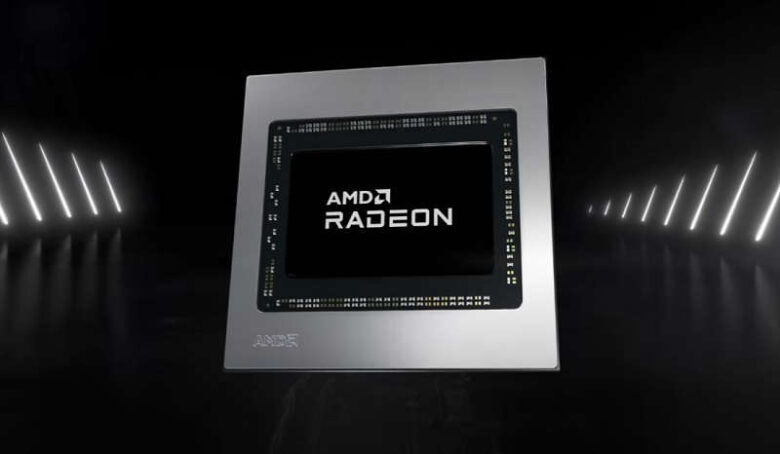



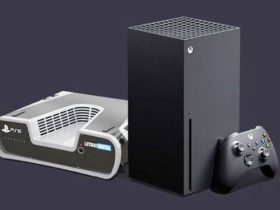
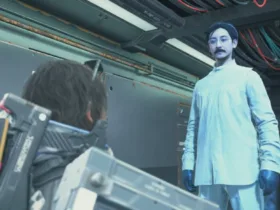
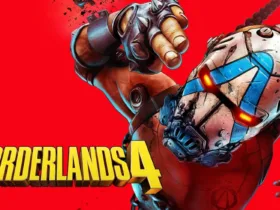

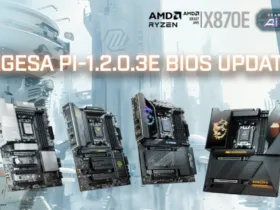
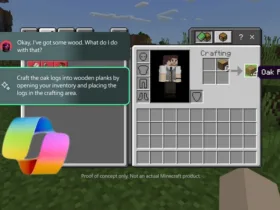
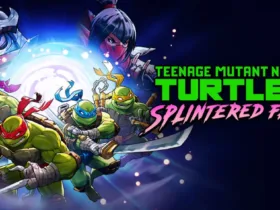
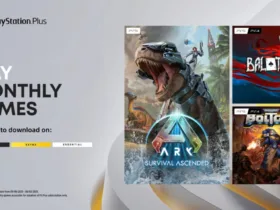

Leave a Reply